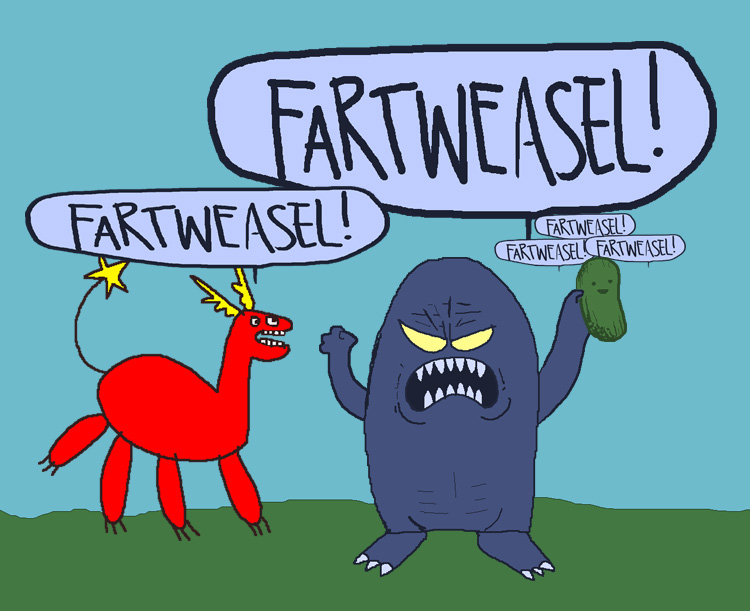- cross-posted to:
- news
- cross-posted to:
- news
The molecule detected is called dimethyl sulphide (DMS). According to the article, on Earth, at least, this is only produced by life. (The AutoTL:DR bot’s summary missed that bit.)
deleted by creator
:)
This is the best summary I could come up with:
Nasa’s James Webb Space Telescope may have discovered tentative evidence of a sign of life on a faraway planet.
Prof Nikku Madhusudhan, of the University of Cambridge, who led the research, told BBC News that his entire team were ‘‘shocked’’ when they saw the results.
But they are treating the results with caution, noting that a claim made in 2020 about the presence of another molecule, called phosphine, that could be produced by living organisms in the clouds of Venus was disputed a year later.
Even so, Dr Robert Massey, who is independent of the research and deputy director of the Royal Astronomical Society in London, said he was excited by the results.
Nasa’s Hubble telescope had detected the presence of water vapour previously, which is why the planet, which has been named K2-18b, was one of the first to be investigated by the vastly more powerful JWST, but the possibility of an ocean is a big step forward.
This means that these ‘sub-Neptunes’ are poorly understood, as is the nature their atmospheres, according to Dr Subhajit Sarkar of Cardiff University, who is another member of the analysis team.
The original article contains 750 words, the summary contains 189 words. Saved 75%. I’m a bot and I’m open source!
Hasn’t this happened before?
Yeah they picked up the same reading on Venus which was later disproved. The headline is also somewhat misleading in that this planet is 9 times larger than earth (not sure what it’s mass is) so it wouldn’t accommodate humans but still it would be incredible to reconfirm results
Different molecule on Venus. That was phosphene.
This time they found Dimethyl sulfide
A planet 9 times the size of earth could still potentially host human life, we’d need to live high up in the sky so the gravity would be lower, but it’s possible
That’s not how gravity works.
Gravity becomes lower at higher altitudes, or what do you mean?
The bigger aplanet, the further away its surface from its center of mass, which decreases gravity. A planet’s surface gravity is mostly affected by its mass and density. This is why Saturn, despite being much bigger than Earth, still have roughly the same surface garvity.
deleted by creator
The planet is pretty close to it’s sun.
Yes.
Phosphene was thought to be found on Venus which can be produced by life or under conditions of a gas giant. However, the results are disputed.
Methane has been detected on Mars but results can be explained by non-life processes.
Crazy that this could be news that people learn about in school for centuries to come, I dare say a lot of people are going to be pointing their telescopes at that star
The important thing is this technology and methods are proving themselves. In a year or so we are going to see articles breaking down exactly how this process happened without life or was measurement error. If you were born before 1995 you were born before the first exoplanet found around a main sequence star was known, there are a bit over 5,500 now known. That is the takeaway here. We are finding them and figuring out what chemicals they have.






